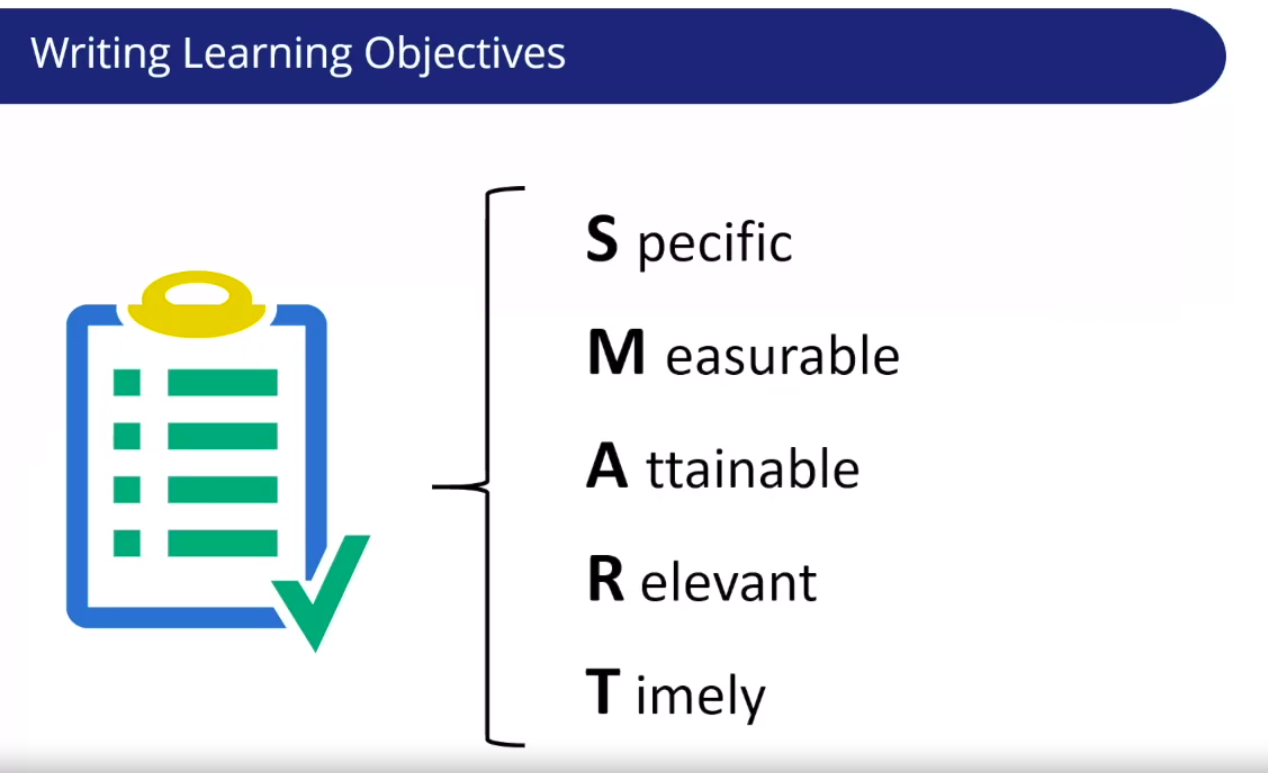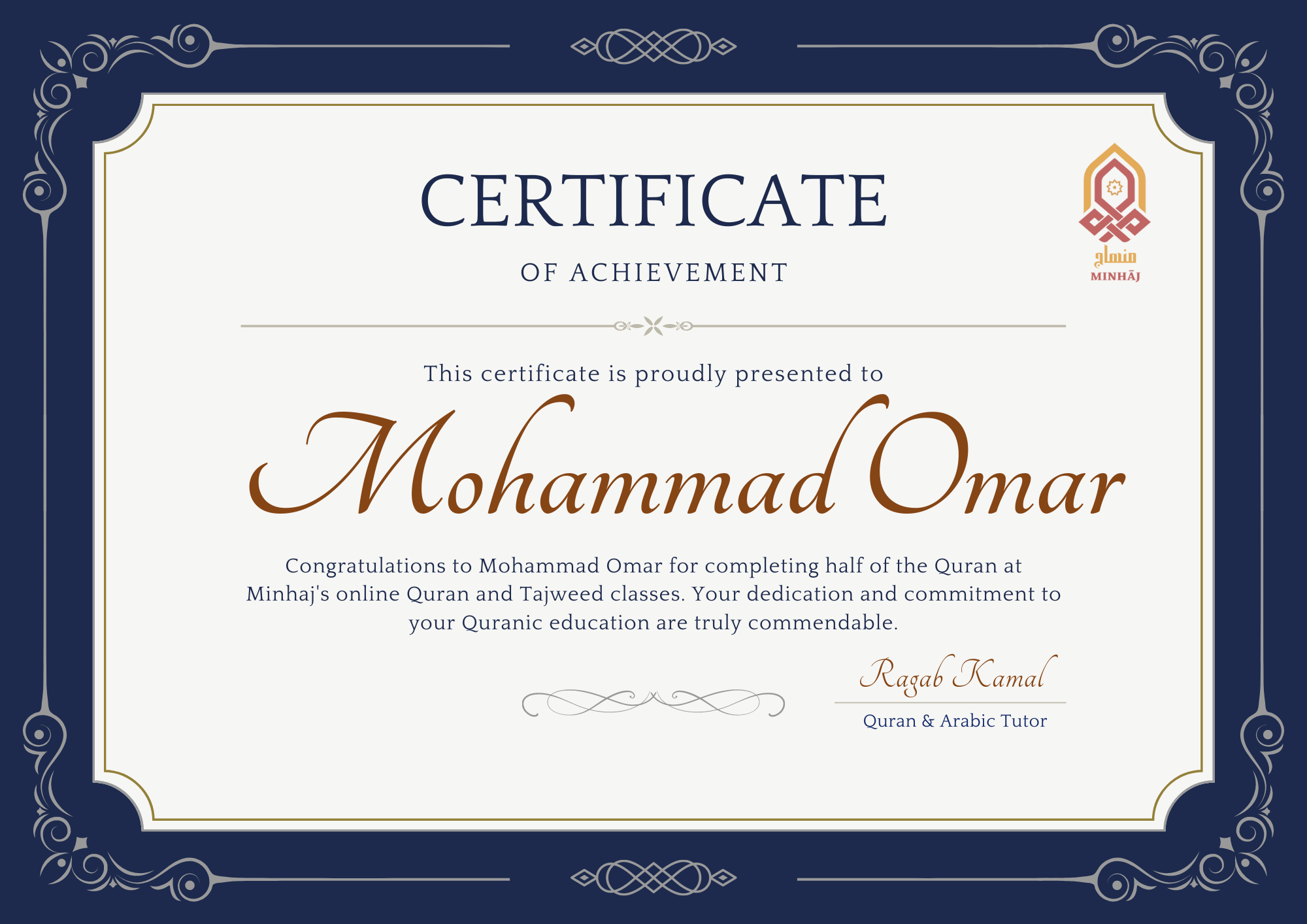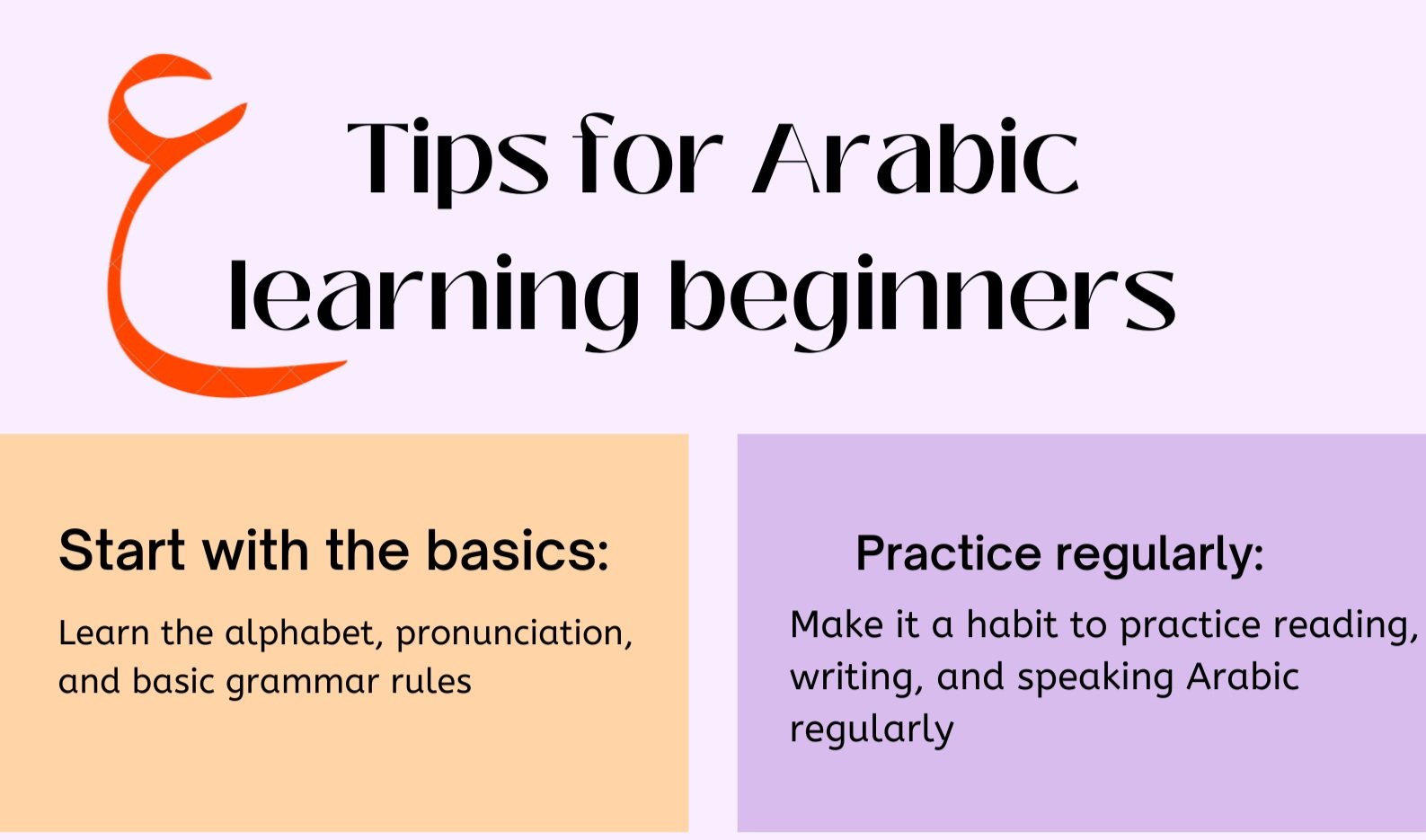Learning Objectives “LO”
Teacher’s Diary | Episode 10 | Ragab Kamal
In this comprehensive guide, you'll learn how to write effective learning objectives to improve your instructional design skills. Our step-by-step instructions and examples will help you craft clear and concise learning outcomes that align with your curriculum or training goals. With measurable and actionable objectives, you can enhance the learning experience for your students or employees and boost instructional effectiveness. Master the art of writing learning objectives with our expert guidance.
Learning objectives describe to students what they will be able to do by the end of a course or module. A good set of learning objectives fully encompasses and lays out to students what they will accomplish in a period of time. And because the learning assessments in your course are the ways that students demonstrate their achievement of specific skills or knowledge, they should be closely aligned with the course and module objectives.
Writing out and including course and module or weekly learning objectives for your course will ultimately help your students understand what is expected and how they will demonstrate mastery of skills or content in your course. This may also help keep your students engaged, illustrating the relevance and value of the course content and assessments.
Additionally, it may assist your students with setting goals, planning and strategizing, and monitoring their progress throughout the course. And when your course assessments are closely aligned to your objectives, this will demonstrate to your students the importance of the objectives.
When getting started with writing learning objectives, it is important to keep in mind that they should be SMART":
Specific,
Measurable,
Attainable,
Relevant,
and Timely.
This will help to ensure that the objectives fully explain the learning, how and when they will be assessed and that they can be achieved and are important to the mastery of the course content.
Furthermore, it is important that when you create your course and module objectives, that they are aligned to one another and the course assessments. If an objective does not align to any assessment or vice versa, you likely have a gap and need to either add or modify one or more objectives or assessments to ensure that there are no gaps.
The inclusion of course and module learning objectives that are closely aligned to course assessments aligns with the UDL principles of providing multiple means for engagement and action and expression.
And more specifically within those principles, this strategy aligns with providing multiple options for recruiting interest, sustaining effort and persistence, self-regulation, and executive functions.
Thanks for viewing. For more information about focus area number one, please refer to this module's resources.
Thanks for viewing. For more information about focus area number one, please refer to this module's resources.
This article is mostly a summary of a course on Inclusive Online Teaching Teach-Out at Johns Hopkins University. you can apply for the whole course with financial aid as well and study the course for free. Click (Here) to join.
You can share with us in the comment section your personal experience with using the learning objectives, and how it affected your classroom management.











